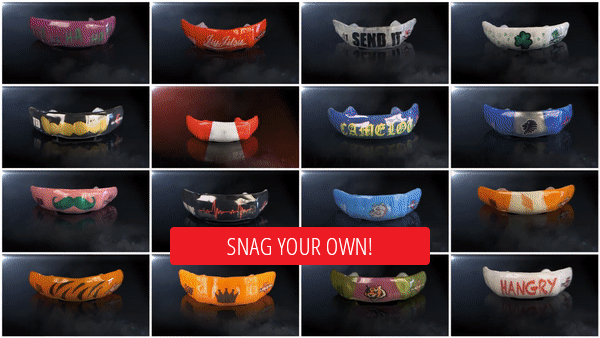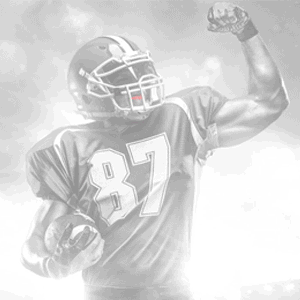Protective Equipment: How Do You Define Proper Protection?

How do you define proper protection?
When it comes to mouthguards, it all starts with at least 4mm of protection in the important impact zones — the areas in front of the teeth and under the molars. That is the minimum amount of material needed to properly protect your teeth, gums and jaw when an impact occurs; and those zones should be the focus of every mouthguard.
However, the right protection also depends on the sport that you play. Each sport demands a different level of protection and some sports and leagues even have specific mouthguard rules and requirements. Oftentimes, the proper mouthguard for your sport simply comes down to one question: do you wear a facial shield?
For sports where full facial protection is worn — like ice hockey, football or men’s lacrosse — you can have a mouthguard with a thinner frontal profile for extra comfort. However, be sure to have added protection under the molars to protect against upper and lower jaw collisions due to the body contact in the sport. This jaw slamming can cause teeth to break, jaw injuries and dislocations as well as concussions. These are serious injuries that need to be protected against.
Athletes in non-contact sports like soccer and basketball actually need more protection. Because the face is bare in these sports, you want a mouthguard that features more protection in the front, protecting against heads, shoulders and elbows to the mouth.
In addition to the materials being in the right zones, proper protection also greatly depends on the fit of your mouthguard. After all, what good is an airbag if it moves out of the way on impact. The most important part of protective equipment is being in the right spot at the right time. For a mouthguard to be in the exact place when impact occurs, your mouthguard must fit securely on your upper teeth, without biting or clenching. That means you should physically have to pull your mouthguard out of your mouth to move it. No flicking with your tongue or release flaps to dislodged your mouthguard when it shouldn’t be.
Only a custom mouthguard made from an exact impression of your athlete’s mouth will fit perfectly and stay in place without biting or clenching. That guarantees the mouthguard is where it needs to be if they are hit in the face or jaw.
That’s how you define proper protection.






